If your computer screen remains dim even at full brightness, the solutions provided in this article will help you. The dim brightness issues can occur due to many causes, like a corrupted graphics card driver, an outdated BIOS version, and other software and hardware issues on your Windows 11/10 system.
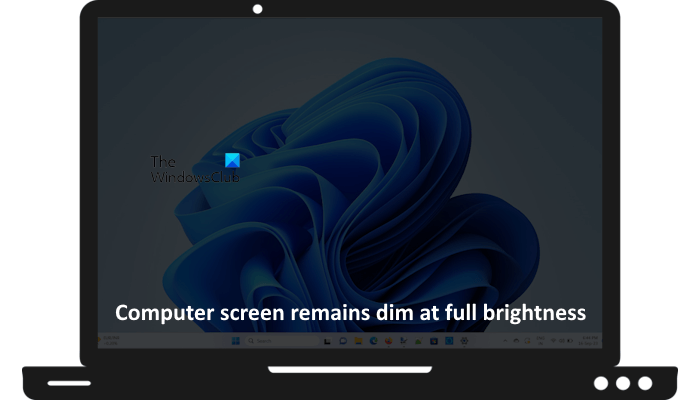
Computer screen remains dim at full brightness
If your computer screen remains dim at full brightness, follow the suggestions laid down in this article to fix this problem.
- Drain residual charge
- Connect another display (if available)
- Roll back or update your graphics card driver
- Install Generic PnP Monitor driver
- Calibrate your display color
- Reseat RAM
- Clear CMOS
- Update BIOS
- Does the screen remain dim in BIOS?
- Hardware issue
Below, we have explained all these fixes in detail.
1] Drain residual charge
This solution is for laptop users. Hard reset your laptop by draining the residual charge. The steps to do this are as follows:
- Turn off your laptop.
- Remove the battery.
- Remove the charger and disconnect all the peripherals connected to your laptop.
- Press and hold the power button for up to 20 seconds.
- Insert the battery, connect the charger, and turn on your laptop.
If your laptop has a non-removable battery, skip step 2. Now, check if the problem is fixed or not.
2] Connect another display (if available)
If you have another display, you can connect it to your PC. This is to check if the problem is with your laptop’s internal display (for laptop users) or with your primary display (in the case of desktop users).
If the external display brightness is not dim and you are able to control it, this means that there may be a hardware fault with your laptop’s internal display or the primary display of your desktop computer. However, other factors can also cause screen dimming issues, like corrupted drivers. Therefore, before jumping to a conclusion, we suggest you try all possible fixes.
Read: How to tell if Monitor is dying?
3] Roll back or update your graphics card driver

You can try to roll back your graphics card driver and see if this fixes the screen dimming issue. When you roll back the graphics card driver, Windows will install its previous version. Rolling back the driver to its previous version can fix the problem if a recent update causes this issue.

If the Roll back driver option is unavailable, you can try updating or reinstalling your graphics card driver. You can update the graphics card driver from the official website of the manufacturer. Or, you can download the software developed by your computer manufacturer, like HP Support Assistant, Dell SupportAssist, MyASUS app, etc.
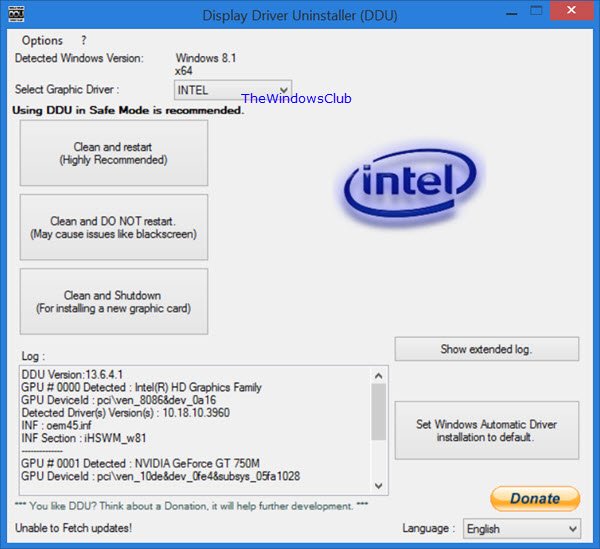
You can also try reinstalling the graphics card driver. Download and install the Display Driver Uninstaller. First, download the latest version of your graphics card driver from the official website. Now, completely uninstall your graphics card driver using the DDU. After doing that, install the display driver you downloaded from the manufacturer’s website.
4] Install Generic PnP Monitor driver
You can also try to replace the currently installed Monitor driver with the Generic PnP Monitor driver. The steps to do this are as follows:
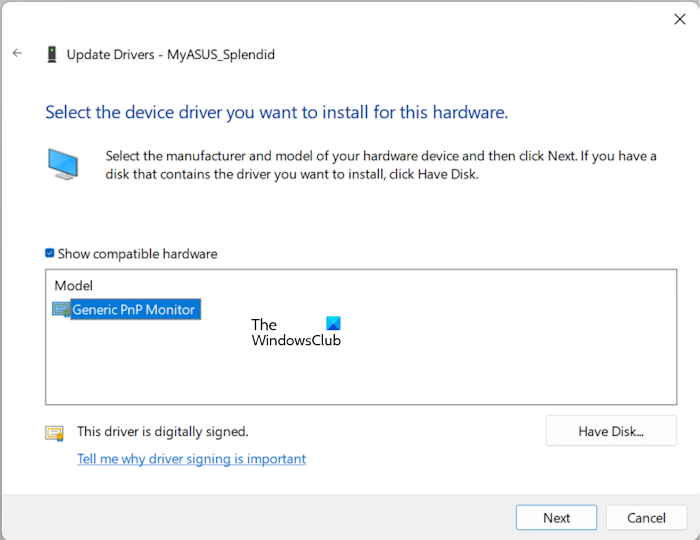
- Open the Device Manager.
- Expand the Monitors branch.
- Right-click on the Monitor driver and select Update driver.
- Select Browse my computer for drivers.
- Now, select Let me pick from a list of available drivers on my computer.
- Make sure that the Show compatible hardware checkbox is selected.
- Select Generic PnP Monitor and click Next.
- Follow the on-screen instructions to install the driver.
This should fix the problem.
5] Calibrate your display color
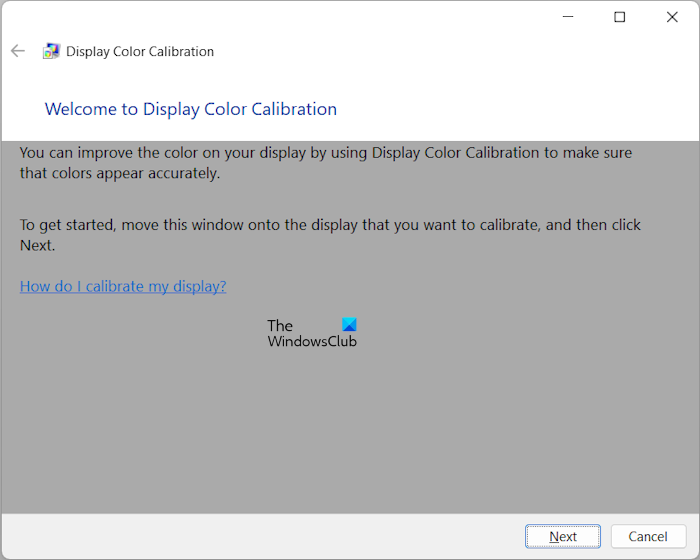
The Display Color Calibration Wizard in Windows 11/10 helps you set up your computer’s brightness, gamma, contrast & color settings easily. Because you are experiencing brightness issues on your system, you can recalibrate your display color and see if it helps.
6] Reseat RAM
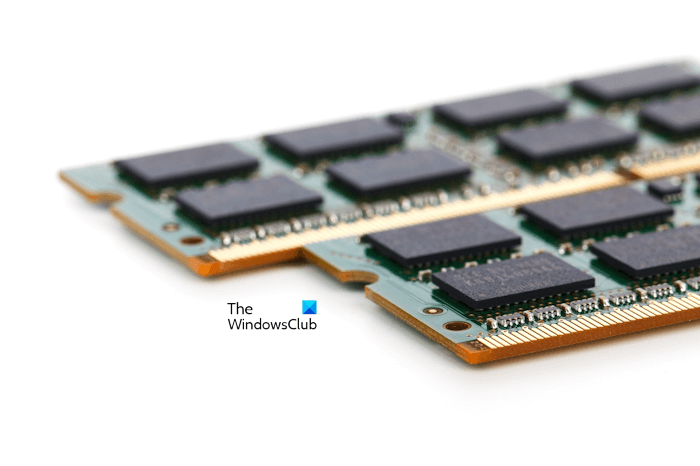
A faulty RAM can also cause display problems. If your system has two RAM sticks, remove one of them and then turn on your system. If the issue persists, remove the second RAM stick and insert the first one. This will let you know whether one of the RAM sticks is faulty or not. If your system has only one RAM stick, remove it and reinsert it.
7] Clear CMOS
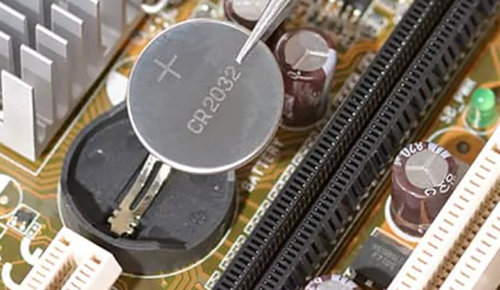
Clearing the CMOS resets the BIOS settings to default. You can give this method a try and see if it helps. To clear the CMOS, you have to remove the CMOS battery and reinsert it. Take professional assistance if you do not know how to remove the CMOS battery.
Read: Black and White squares on a computer screen.
8] Update BIOS
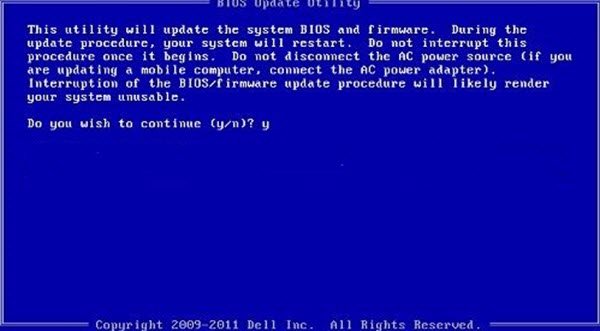
An outdated version of BIOS can be one of the causes of this problem. Update your system BIOS.
Read: Best Brightness Control Software for Windows
9] Does the screen remain dim in BIOS?
If you have ever entered your system BIOS or UEFI, you might have noticed that the display brightness increases in BIOS or UEFI. Enter your BIOS or UEF to check if the display remains dim in BIOS/UEFI or not. If the problem does not occur in the BIOS/UEFI, System Restore or Resetting the PC can work.
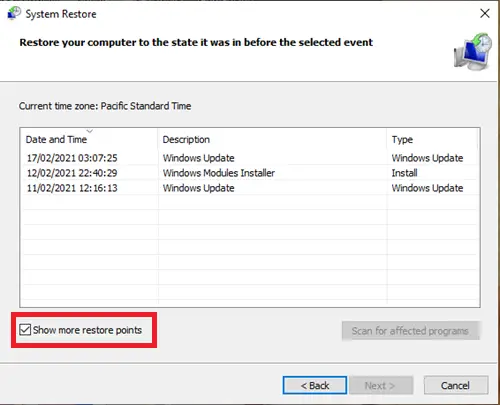
Restore your System to the previous working state by using the previous restore points.
If this does not work, reset your PC. While resetting your computer, select the Keep my files option, so that your data will not be deleted.
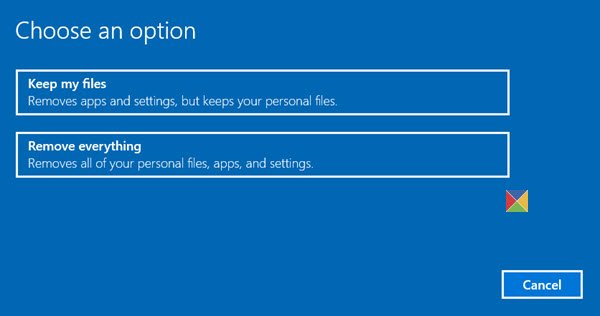
If you find it difficult to restore or reset your system due to dim brightness, you can use the Windows Recovery Environment for the same.
10] Hardware issue
If, despite trying the above fixes, the problem does not disappear, your system might have a hardware issue. Maybe your display is faulty, or the cable connecting to your display is faulty. Desktop users can easily replace the display cable to confirm whether the cable is faulty or not. On the other hand, laptop users have to disassemble their laptops to replace the display cable. You have to get professional help to get further troubleshooting.
That’s it. I hope this helps.
Read: No Brightness Slider in Windows.
Why is my screen dim on full brightness?
Both software and hardware issues can cause dim screen issues at full brightness. The most common cause is the faulty display driver. Other causes include a faulty display cable, a faulty display, a faulty RAM, an outdated BIOS version, etc.
Read: Dim or reduce brightness of laptop or computer monitor screen further
Why my brightness is not working?
The main reason why your display brightness is not working is the bad display driver. Updating or reinstalling the display driver can fix this problem. Sometimes, a Windows Update causes problems. You can uninstall the recent Windows Update and see if it helps.
Read next: Screen goes Black on pressing the Alt-Tab keys in Windows.
Leave a Reply